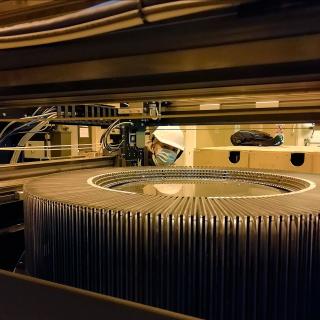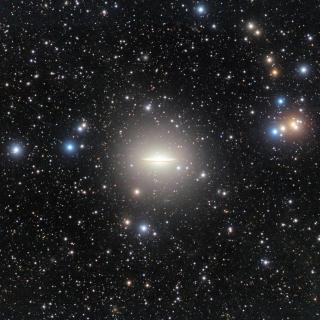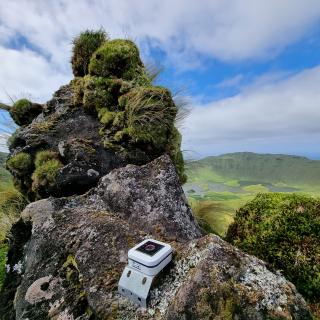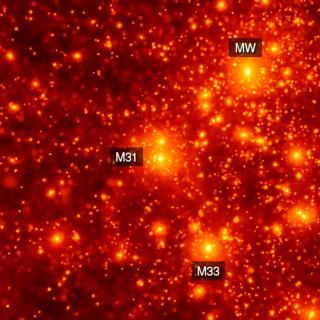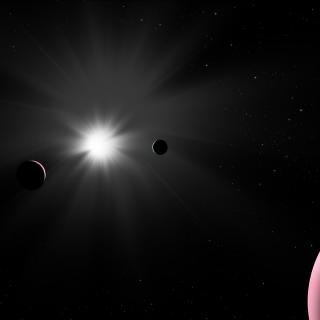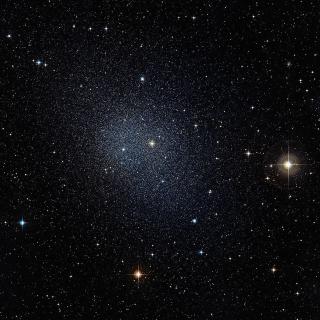
An international team of astrophysicists from the Instituto de Astrofísica de Canarias (IAC), the University of La Laguna (ULL) and the Space Telescope Science Institute (STScI, USA) has discovered the presence of transverse rotation (in the plane of the sky) in three dwarf spheroidal galaxies, a very faint type of galaxies and difficult to observe, which are orbiting round the Milky Way; this helps to trace their evolutionary history. The finding was made using the most recent data from the GAIA satellite of the European Space Agency. The results of the study have just been published in the
Advertised on
